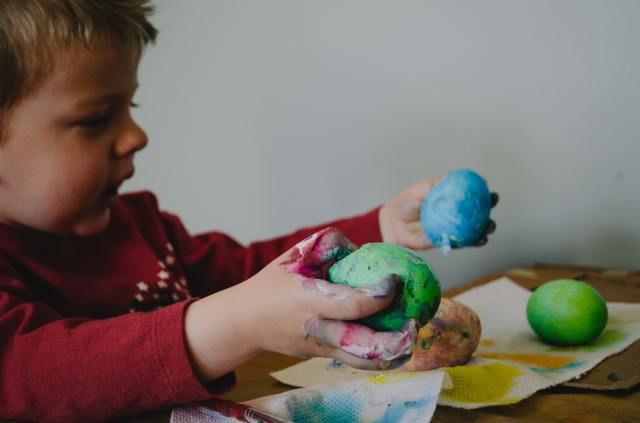
So we’re home now, for the most part, and trying to get stuff done with our significant others, kidlets, and even pets demanding attention. If you’re like me, you might be feeling some mom guilt and trying to do Pinterest-worthy supermom activities to keep your kids entertained. It was always frustrating, when my daughter was younger, to spend an hour setting up some fantastic art project or activity (cookie decorating anyone?) only to have my kidlet spend approximately 3.5 minutes doing the fun thing before losing interest. And now we’re supposed to keep our children on-task long enough to do “school?”
So how do teachers do it? I’ve been lucky enough in my career to get to watch some masterful teachers and discover a few tips for keeping kids engaged.
In their book “How to Help Children with Common Problems,” Child Psychologists Charles Schaefer and Howard Millman noted that the first thing to remember is that a child’s attention span is about two to five minutes for every year old they are. Your typical elementary student has maybe 20 minutes of focus they can spend before they get distracted. This isn’t something they can control, either. Your ability to attend is dependent on the amount of myelination your neurons have. Kids are growing that myelin over time so attention is highly individual and also dependent on personality, environment, history, and physiological state. But there are some things you can do to optimize the amount of time your child can pay attention.
1. Establish Routines. This is the single most important thing you can do. Kids love love love routines. The magic is in knowing what’s next. Ever had a movie or book your child wanted to hear over and over and over? It could be that the content is excellent, but it’s more likely that your child gets a lot of comfort from the repetition. It lets them see the world as predictable and safe. Teachers know this and post classroom schedules on the wall or the board where everyone can see. If possible, make a down-to-the-minute schedule, keeping in mind how long your child’s attention is, and stick to it every day.
2. Keep Instructions Short. Following a list of instructions is actually a fairly sophisticated activity. You have to listen, pay attention to what’s being said, put those words into your short term memory, and recall them after some time goes by. Expecting our kidlets to hold on to three or four or eight different tasks while they’re also trying to get stuff done really isn’t reasonable. If your child can read, they’ll be much more successful if you write the tasks down. If your child is younger, give them one or two directions at a time and have them come back to you for more.
3. Moderate Your Volume. It’s usually less difficult when you’re trying to get the attention of a handful of kids (or fewer) than when you’re trying to corral a whole classroom of 30, but getting any number of kids to listen is sometimes a challenge. Something we know from decades of physiological research into attention is that people, no matter what age, are more interested in things that are novel. Think about what that might mean for your own voice giving instructions to your own children. How often have they experienced that? Probably enough to strip your voice of any iota of novelty. You don’t need to have a repertoire of celebrity impersonations at the ready (although that would be fun), you can get more attention by whispering or singing or changing your timbre than you might expect.











